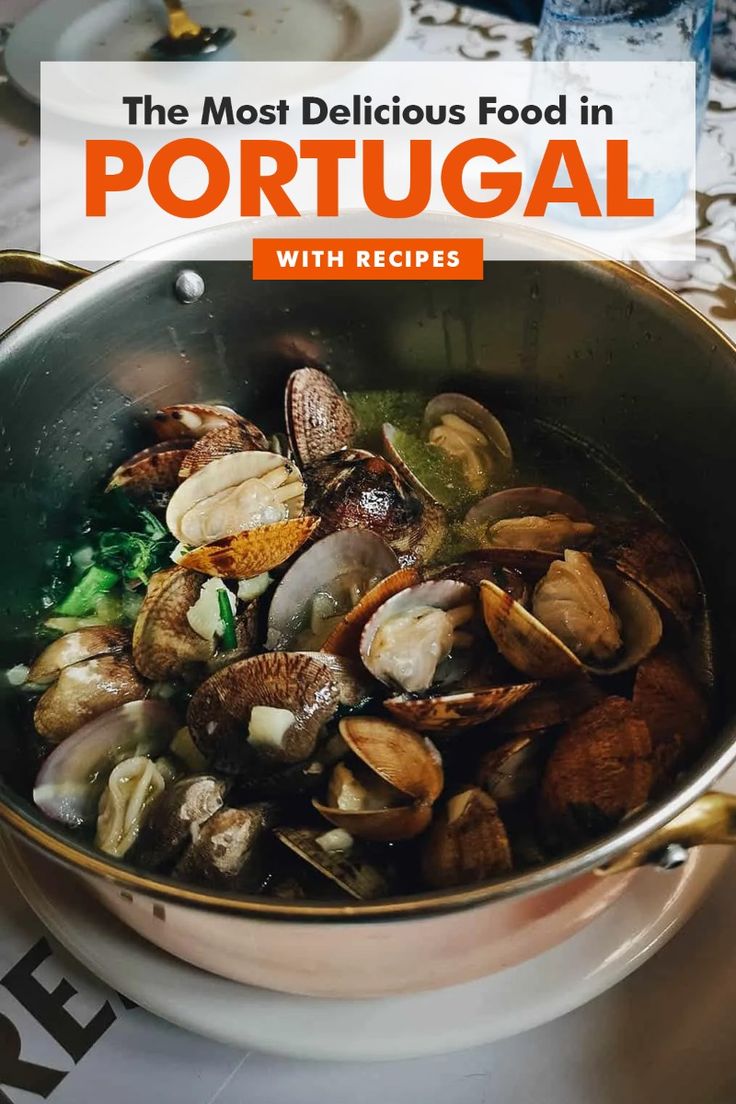The Sweet Finale & Liquid Gold
No meal is complete without something sweet and a digestif.
-
Pastéis de Nata: Worth mentioning twice.
-
Ovos Moles de Aveiro: Delicate, sweet “soft eggs” from Aveiro, where a sugar-and-egg-yolk mixture is encased in a thin, rice-paper-like wafer, often shaped like shells or fish.
-
Porto Wine: The world-famous fortified wine from the Douro Valley, aged in the cellars of Vila Nova de Gaia. From a rich, red Ruby to a complex, aged Tawny, it is the quintessential end to a meal.
-
Ginjinha: A beloved sour cherry liqueur, often served in a chocolate cup in Lisbon’s streets. A sweet, potent, and unmissable shot of local culture.
Embarking on Your Own Portuguese Journey
The best way to experience this cuisine is to wander, explore, and be curious. Duck into a small, crowded tavern, order a imperial (draft beer) and a few petiscos (tapas), and watch the world go by. Each dish tells a story of history, geography, and the Portuguese spirit of saudade—a deep, nostalgic longing for the comforts of home and hearth.
Whether you’re savoring a pastel de nata in a Lisbon square or digging into a francesinha in a Porto riverside restaurant, you are not just eating; you are participating in a centuries-old tradition. It is a delicious, unforgettable, and deeply satisfying immersion into the heart of Portugal.
The Sweet Finale & Liquid Gold
No meal is complete without something sweet and a digestif.
-
Pastéis de Nata: Worth mentioning twice.
-
Ovos Moles de Aveiro: Delicate, sweet “soft eggs” from Aveiro, where a sugar-and-egg-yolk mixture is encased in a thin, rice-paper-like wafer, often shaped like shells or fish.
-
Porto Wine: The world-famous fortified wine from the Douro Valley, aged in the cellars of Vila Nova de Gaia. From a rich, red Ruby to a complex, aged Tawny, it is the quintessential end to a meal.
-
Ginjinha: A beloved sour cherry liqueur, often served in a chocolate cup in Lisbon’s streets. A sweet, potent, and unmissable shot of local culture.
Embarking on Your Own Portuguese Journey
The best way to experience this cuisine is to wander, explore, and be curious. Duck into a small, crowded tavern, order a imperial (draft beer) and a few petiscos (tapas), and watch the world go by. Each dish tells a story of history, geography, and the Portuguese spirit of saudade—a deep, nostalgic longing for the comforts of home and hearth.
Whether you’re savoring a pastel de nata in a Lisbon square or digging into a francesinha in a Porto riverside restaurant, you are not just eating; you are participating in a centuries-old tradition. It is a delicious, unforgettable, and deeply satisfying immersion into the heart of Portugal.

